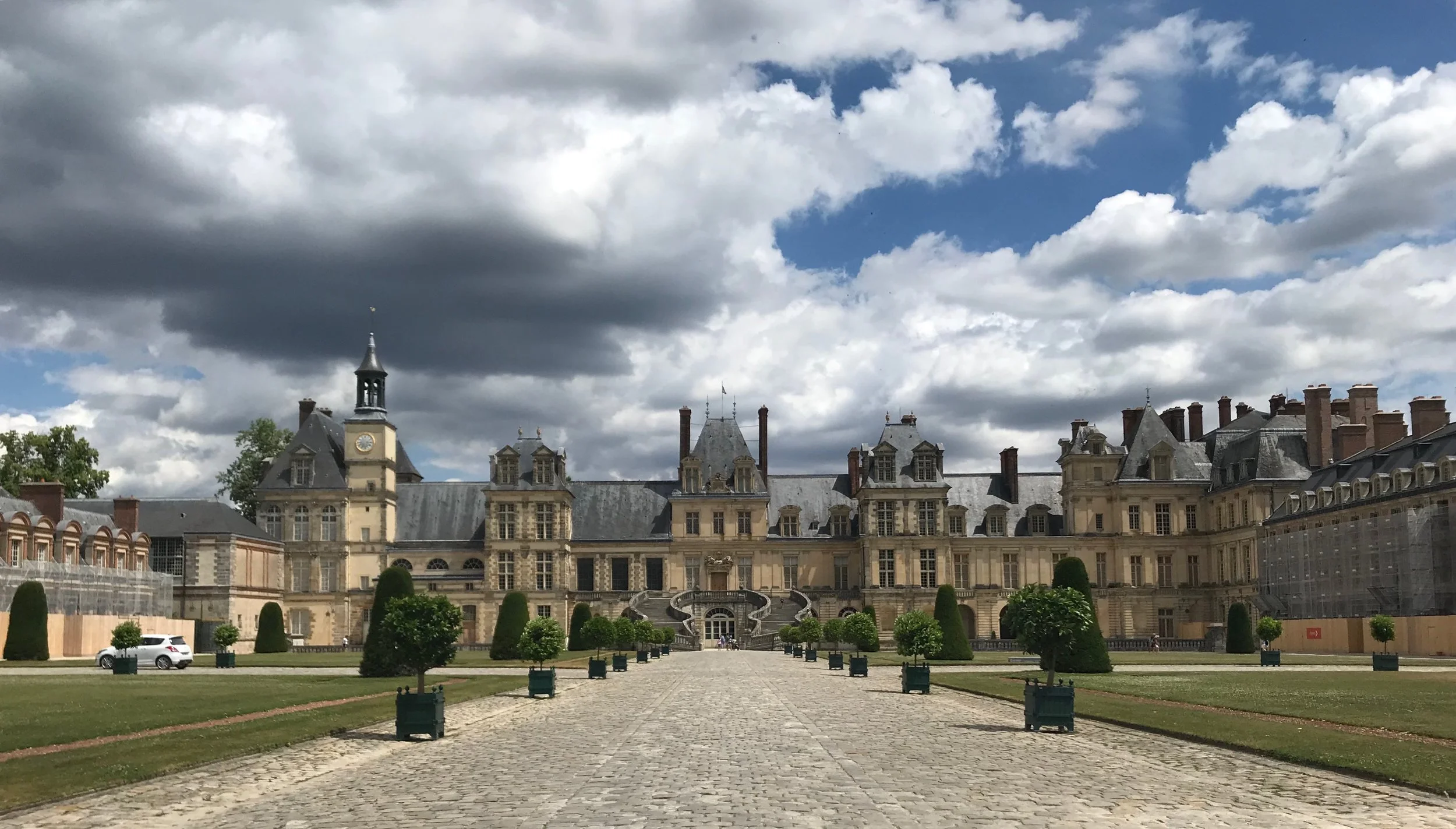Nazi-Looted Art and the Ongoing Fight for Justice
Conference
Introduction – Dr. Joan Divol, Director of the United States Foundation
Goering's Man in Paris – Dr. Jonathan Petropoulos
From a Photograph to a Reunited Family – Dr. Wendy Lower
From a Work of Art to a Rediscovered Family Heirloom – Ray Dowd
French policy of reparation for the spoliation of cultural property: a quest for justice – David Zivie
Concert
We are delighted to welcome the artists Bartu Elci-Ozsoy (violin), Natalie Darst Xia (violin), Jonathan Mutuel (violin), Kyo Kawasaki (cello), and Gabriel Newsham (piano) for a concert in E minor of Bach's Concerto for Two Violins BWV 1043 (1732) to conclude the conference. The full musical program will be announced shortly.
Speakers
Dr. Jonathan Petropoulos – Historian, author and specialist in Nazi dispossession
Dr. Wendy Lower – Historian and Holocaust Scholar
David Zivie – Senior official at the French Ministry of Culture and Head of the Mission for the Research and Restitution of Cultural Property Looted between 1933 and 1945 (M2RS)
Mr. Raymond Dowd – Associate Professor at Fordham Law and Attorney specializing in art restitution
This FEU conference explores how the issue of looted artworks is not only a historical concern, but remains a current issue. Our four speakers will examine the complexity of art restitution, the ethical responsibilities of institutions, and the efforts required to return stolen works to their rightful owners.
By highlighting several aspects of this issue, this conference aims to foster a better understanding of the moral, legal, and historical issues surrounding art restitution. Through ongoing dialogue and action, our French and American guests will reaffirm the importance of accountability, memory, and cultural preservation in the face of one of the most devastating cultural crimes in history.
Nazi plundering of European artworks: a lingering legacy
In the decade leading up to 1945, the Nazi regime orchestrated an unprecedented campaign of cultural destruction across Europe. As part of this systematic undertaking, an estimated one-fifth of European artwork was looted, much of it from Jewish families and other groups deemed “undesirable.” This massive looting was not simply a matter of material theft; it was a central part of the Nazi ideological strategy to erase the cultural heritage of their victims and rewrite history to suit their own purposes.
However, the consequences of these spoliations extended well beyond the war period. The illicit trade in stolen artworks continued for decades, facilitated by clandestine networks of curators, art dealers, and former Nazi collaborators, such as Bruno Lohse, infamously known as “The Plunderer.” These stolen treasures continue to appear in private collections and prestigious museums around the world, highlighting the lasting impact of Nazi cultural crimes.
Restitution of works of art looted by the Nazis: historical, legal and ethical issues
The process of restoring stolen artwork is a complex undertaking that requires rigorous historical research, genealogical expertise, and scientific investigative techniques to accurately trace the provenance of each piece. Restitution is not simply a legal act; it involves a profound reflection on history and helps revive the intellectual and cultural legacies of families who suffered immense losses during the Holocaust.
Every successful restitution represents a victory against historical erasure. Beyond simply returning a work, it rehabilitates narratives that had been silenced, ensuring that the stories of the victims and their descendants are honored and preserved. Furthermore, these efforts play a crucial role in combating Holocaust denial and historical distortion, reinforcing the importance of memory, justice, and truth.
French restitution policy
France has played an active role in addressing the restitution of Nazi-looted art. This conference will highlight key aspects of the French government's approach to restitution, including:
The crucial role of archival research in identifying stolen works and establishing their provenance.
The French government's commitment to processing the requests of affected families while conducting proactive investigations to identify looted works.
The scope of restitution efforts, which go beyond simply returning identified works to include actively searching for lost and misattributed works.
The profound importance of restitution, both as an act of historical justice and as a means of restoring a sense of identity and heritage for the families concerned.
United States Foundation 5th Floor Artists in Residence : Natalie Darst Xia * , Jonathan Mutel , and Gabriel Newsham
Guest artists:
Bartu Elci-Ozsoy – A 21-year-old violinist, conductor, and composer, he made his triple debut in Paris at the age of 15, performing Mendelssohn's Violin Concerto and conducting his First Symphony, accompanied by Mozart's 29th Symphony. The concert, attended by a large audience, including the former French Prime Minister, led Jean-Claude Casadesus to take him under his wing, declaring, "Bartu is an excellent musician who deserves all the attention."
In addition to numerous performances at concerts and festivals across Europe and South America, in 2023 and 2024, Bartu performed in Chicago, New York, and Washington DC, including concerts at the United Nations Headquarters hosted by France.
Selected for the Académie Musicale Philippe Jaroussky in 2024, Bartu currently studies with Nemanja Radulović and performs at La Seine Musicale. He also takes courses with renowned American conductors as a Carlos Miguel Prieto Conducting Fellow, an honor awarded to the best young conductors from around the world.
Recent engagements include a keynote address on leadership, innovation, and sustainability, followed by a violin performance in front of over 100 Michelin-starred chefs in Lyon, as well as a solo performance with the orchestra in concerts in Bordeaux, in addition to several chamber music concerts in Paris.
Kyo Kawasaki – Kyo Kawasaki began playing the cello and drums at a young age. He earned a master's degree in cello from the Conservatoire National Supérieur de Paris and continued his jazz drumming studies at the 11th arrondissement conservatory with Laurent Bataille. This artistic complementarity informs his approach to different styles, ranging from classical to contemporary music.
* Natalie Darst Xia plays a Gagliano violin, loaned by Mr Bouvet, at the initiative of the TALENTS & VIOLON'CELLES endowment fund





